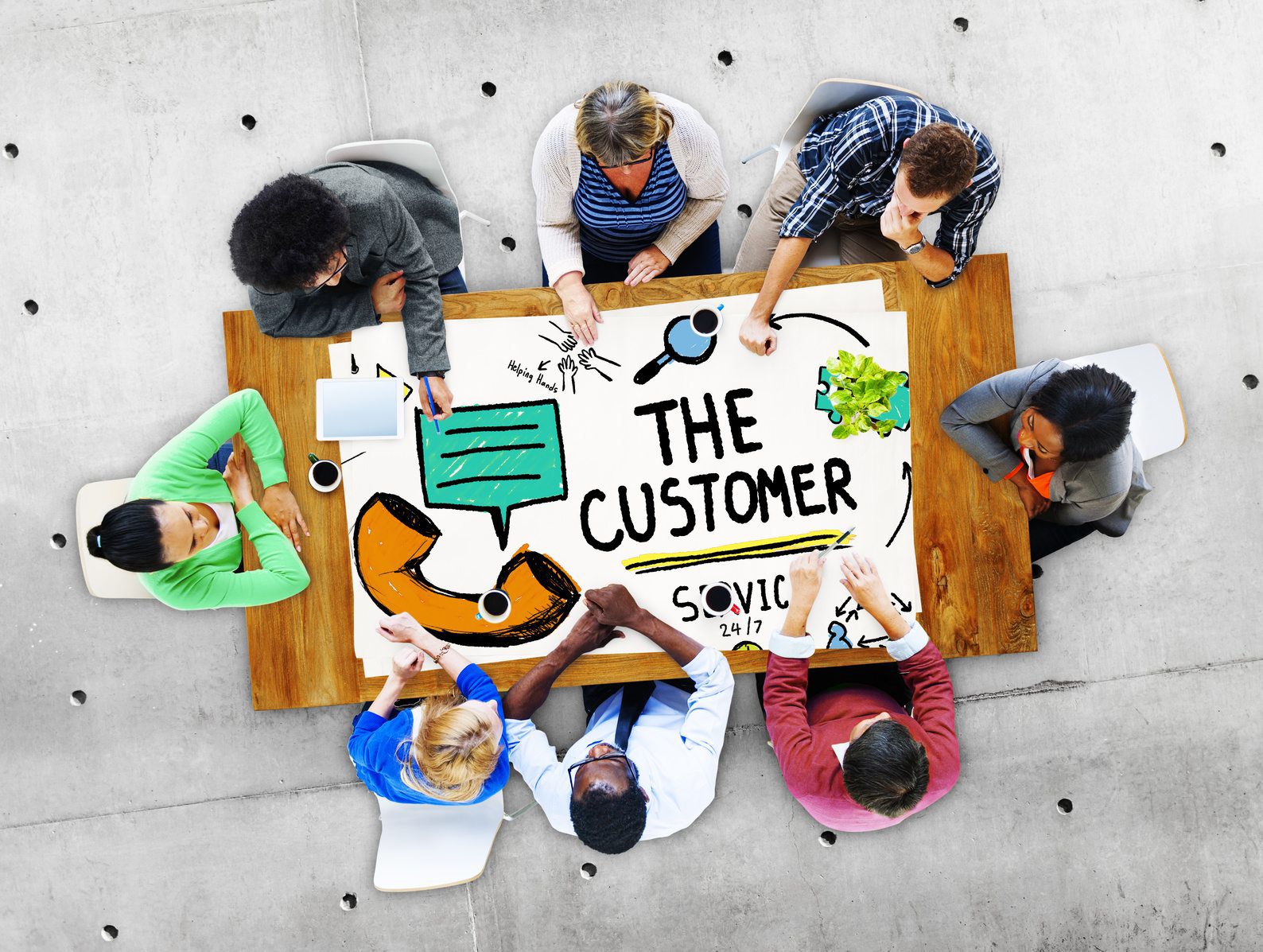What Should Everyone Know About Service Design?
What Should Everyone Know About Service Design?
Service design is trendy. It is a way of thinking and a set of tools and methods that embraces the entire organization – you as well! No worries, you do not have to be a Service Designer or a know-it-all in customer experiences. As long as you understand what service design means for your work, it is enough. Here are the ABCs of service design, i.e. a crash course into the subject.
Why Should You Know About Things Besides Your Own Work?
Customer-oriented thinking is not possible without the participation of the entire organization.
If your organization has its own Service Designer, it is easy to just dump the task of customizing customer-oriented products and services to them. If you would like to say that “I just write code”or “I reply to support requests” or “I lead people,” it may seem frustrating to fuss over some new trend. However, the truth is that the market is won with customer-oriented productization, and it is only achievable if everyone has the same understanding about the goal.
No one alone in the company is responsible for the customer experience. Or you could say that everyone is equally responsible for the service. The Service Designer enables the activity but does not own it.
Customer-oriented thinking or a service-providing organization are not possible without the participation of the entire organization. Service design is the responsibility of everyone, including you.
How Does Service Design Affect your Work in Practice?
The first idea of service design – the letter A – is to contemplate your work and actions from the perspective of the customer. What significance and benefit does your work provide to the customer? What does it enable? It may be a relief to know that it is enough to think of your colleague as your customer, whose work you want to make easier. Perhaps you will help your colleague do something that facilitates someone’s work with a customer. How can you help your customer – end customer and/or colleague – make progress in their work?
What can you do to improve the customer experience?
For example, retrospectives are a good opportunity to contemplate together with the team who the internal and external customers are and what they are satisfied or unsatisfied with. This contemplation can be facilitated and concretized with the help of a stakeholder map. When you know who your customers are and which aspects you are successful in, it is time to contemplate what the team – and everyone individually – could do together to promote satisfaction and functionality.
The ABCs of Service Design
- Consider who your customer is, i.e. whom you are working for. Turn this image into a person, a type of stereotype of a typical customer, and compile all their needs, wishes, benefits and worries.
- Consider the customer’s path with regard to your work. Where does this person come from, how can they find you? What happens during the time that you are in contact with them? Consider this from both the customer’s and your own perspective. At which point and why will the customer end their cooperation with you? Will they smoothly continue on with the matter elsewhere, stop completely or come to you again?
- Consider the same chain again while assessing how you could make the customer’s experience better or how you could perhaps even surprise them positively. You should also recognize the aspects in which you may disappoint the customer or make them feel unsure.
So keep in mind:
A = Assessment of the customer
B = Path (please excuse my use of P instead of B)
C = CX, i.e. customer experience
… and you will get far. For example, you can check out our Service design workshops to get your started.
Did I forget something? Would you like to add something essential or do you disagree with me about something? Contact us.
Picture by: JOSHUA COLEMAN

Maria Wan
Service Design Consultant
Maria guides Contribyte's clients towards more interactive teams and coaches organizations to a better customer understanding. Maria has experience in designing and managing services, multicultural and international activities, and developing cross-organizational customer-orientation. On a perfect summer day, Maria can be found biking to a tennis court or observing people in a foreign environment. Maria understands customers from developers to management teams, from teenagers to grandmothers and from Finns to Samoans.




